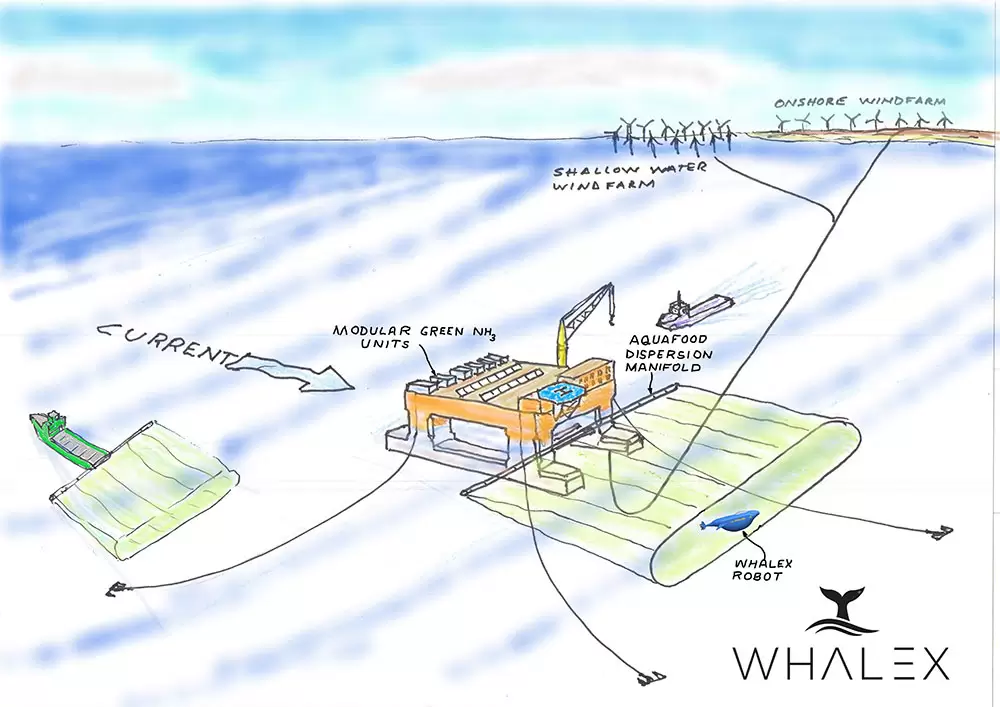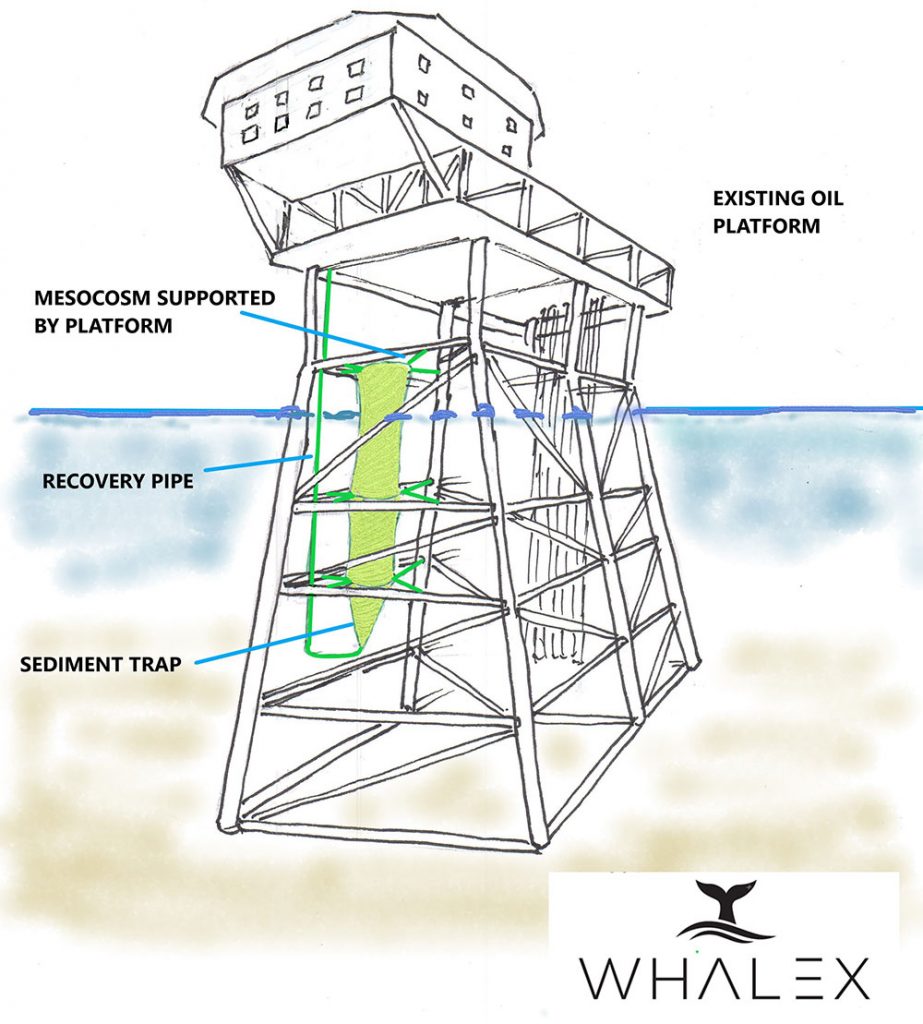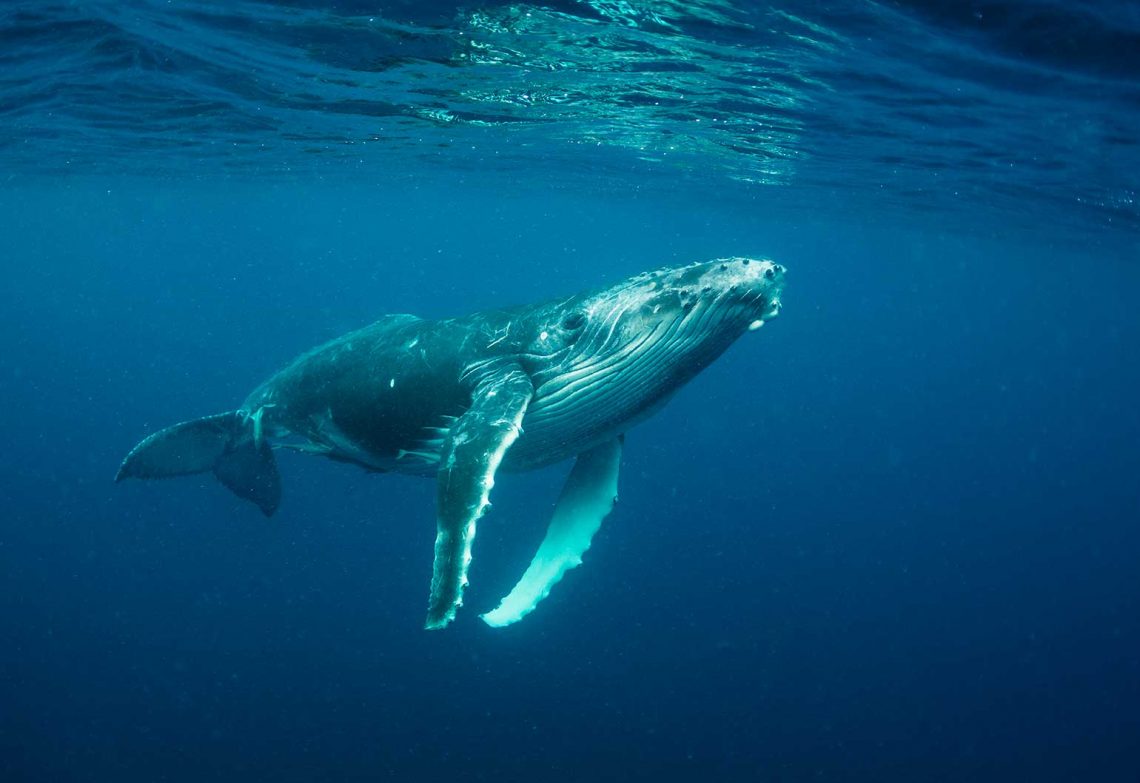A group of civil, structural and marine engineers is competing for a share in Elon Musk’s $100 Million Carbon Removal X Prize, hoping the lure of whale poo will attract the judges’ attention.
The team, known as WhaleX, aims to mimic the patterns of whale excrement produced during migration to restore lost nutrients to the ocean, thereby capturing carbon dioxide from the atmosphere and sequestering it at scale deep underwater.
The group’s name references the role that whales play in fertilising oceanic flora, Engineers Australia member and Chairman of the Ocean Nourishment Foundation (ONF) Dr Sid French MIEAust said.
“For 200 years, humans have been killing whales and stripping the oceans of a fleet of animals who took thousands, if not millions, of tonnes of nutrient from nutrient-rich Arctic areas into equatorial areas in their annual migration, excreting it into the surface waters as they went,” he said.
“We’re effectively looking to simulate what whales do,” added ONF CEO and Engineers Australia Fellow Associate Professor Rob Wheen FIEAust.
Decades in the making
Although WhaleX is a group effort, the ocean nourishment concept was the brainchild of Engineers Australia member and Chartered engineer Professor Ian Jones MIEAust CPEng, who passed away in December 2021.
Drawing on his background in maritime research, Jones identified an opportunity to utilise the ocean’s natural carbon storage process to address climate change.
“After studying nutrient-rich floodwaters and algal blooms in north Queensland, Ian realised that forests of phytoplankton, which absorb carbon dioxide via photosynthesis, could be used to sequester carbon dioxide from the atmosphere into the ocean,” French said.

Beyond impacting carbon dioxide levels, Jones’s idea had a knock-on effect: by restoring nutrients to surface waters, local fishing industries would likely experience an uptick in fish populations.
The dual focus on carbon removal and societal impact led to the establishment of two sister organisations: the ONF and the Ocean Nourishment Corporation (ONC).
“The Ocean Nourishment Corporation was set up as a business model, which would sequester carbon and pay for all of that by selling carbon credits,” French said. “The Ocean Nourishment Foundation was set up as a non-profit organisation with a more altruistic objective in mind.”
Striving for innovation
The group believed they could have a positive impact on the world’s oceans if the technology was engineered properly.
Engineers Australia Fellow and Chairman of the ONC Peter Wheen FIEAust, who is Rob Wheen’s son, said their ambitious plans have only now begun to be realised due to broader awareness of and action on climate change.
“We very much saw that there was an opportunity to do something in desert areas of the ocean to help remove carbon dioxide and also grow fish populations,” he said. “But in an engineered and safe way; I think that’s the most important thing.
“We’ve very much ridden the wave of climate change belief. Ideas have moved a lot in the last couple of years. We’ve been quite excited by the shift to more renewable sources of energy.”
The world’s increasing use of renewable energy dovetails nicely with WhaleX’s goals.
“Ammonia is the base material used in production of urea and is a source of reactive nitrogen in its own right,” Peter Wheen said. “Reactive nitrogen created through ammonia is getting a lot of attention. It’s basically a battery for storage of renewable energy that can be shifted overseas.
“The great news for us is that it’s also ideal to use as the main ingredient in our artificial whale poo.”
The team has made sure to balance ambition with caution when dealing with delicate oceanic systems.
“The engineering components that I think will be of most interest are how we safely engineer the amount of nutrient that we put into the ocean,” he said.
“So we don’t get a harmful algal bloom, we engineer our dispersion to be a tenth to a fifth of a typical algal bloom level, which is invisible to the naked eye but visible by chlorophyll measurements and satellites.
“At the same time, we’re looking at how we safely disperse the nutrients so that it’s not overly concentrated on first dispersion, either from a vessel or standing platform.”

Eyes on the prize
While seeking approval from the Australian Government and international bodies such as the International Maritime Organisation to broaden the scope of their scientific trials, WhaleX continues to plan for future implementations of the technology.
The team even has plans to create a robotic whale driven by artificial intelligence (AI).
“In, say, 10 to 15 years we hope to have WhaleX technology deployed on a scale that will actually be working right round the globe and be making a meaningful contribution to reducing atmospheric CO2 levels,” French said.
The technology, which could sequester a gigatonne of carbon dioxide each year, simply needs a boost from financial backers — and that’s where Elon Musk comes in.
The X Prize, funded by the Musk Foundation, is awarded to groups showing evidence of carbon removal at scale.
To win the prize, teams must first provide evidence of carbon removal at 1000 tonnes per year, outline the costs involved in reaching one megatonne per year, and deliver a plan to reach one gigatonne per year in the future.
Phase one of the competition will award $1 million to 15 different entrants. This prize money would enable WhaleX to substantially scale up operations, Rob Wheen said.
“If you dangle a $100 million carrot out the window you get a lot of people queuing up to have a bite,” he said. “And whilst we don’t think a lot of those concepts will have decent credibility, there’ll be some that will be selling really hard.
“Even if we don’t win one of the million-dollar phase one awards, which would be really helpful to start funding and building our robot whale, we’ll be using the exposure to get in contact with entrepreneurs and have a shot at a share in the main phase two prize.”
Their aim now is to secure sufficient funding to move forward with the project, while also ramping up scientific trials using AI.
“There’s a huge opportunity in the engineering world for us to partner with green ammonia production facilities and make use of maritime platforms as research areas,” Peter Wheen said.
Given the potential market for green carbon credits, they believe there is major potential for the technology.
“We’re certainly interested to hear from anybody who finds the concept interesting because we will have to partner with major organisations to get to the next level of the project,” Rob Wheen added.
“This has to go beyond science into a much larger-scale, engineered operation. We are determined to succeed because planet Earth can’t wait, and neither can we.”



